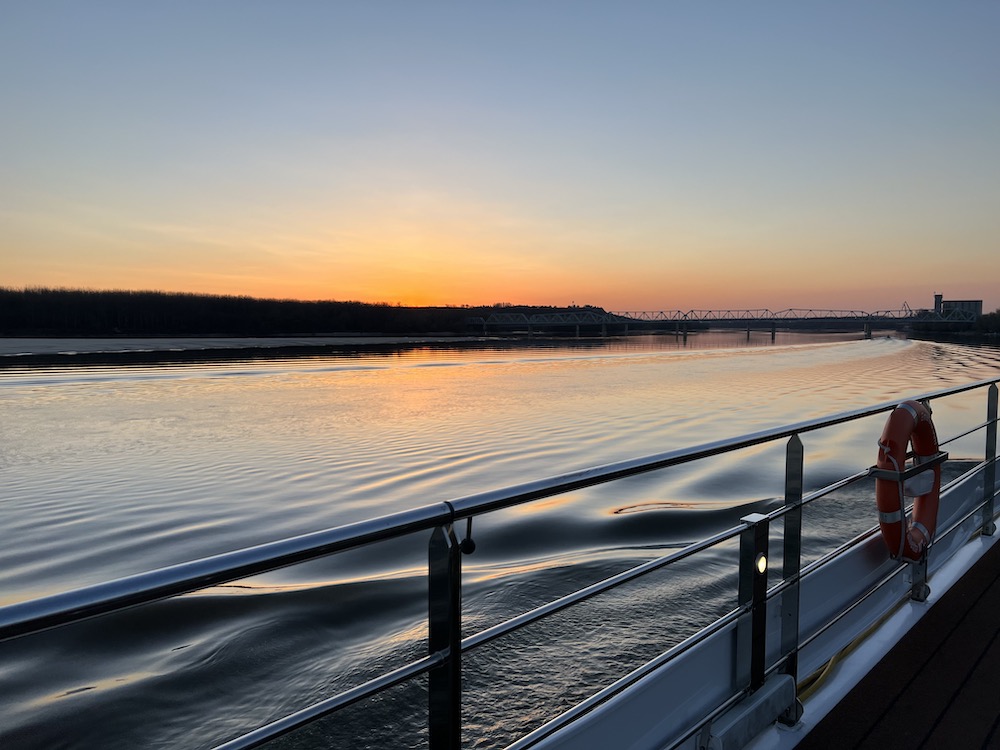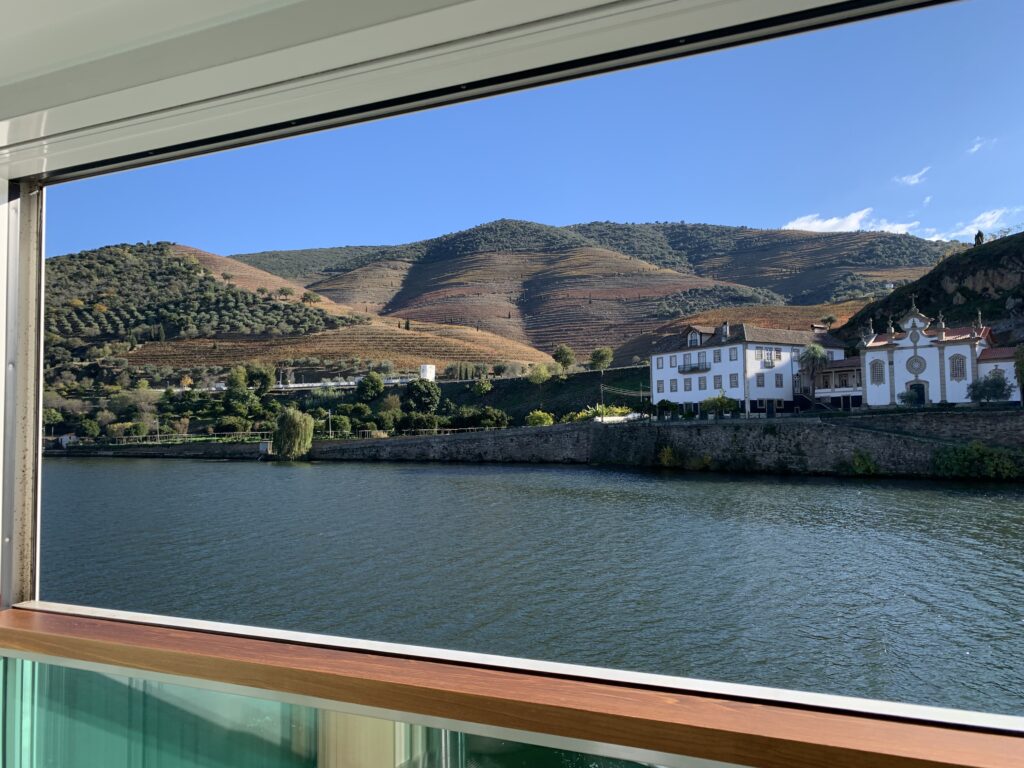Could my river cruise be affected by low water?
The 2022 summer was unusually hot and river cruising hit the headlines as travellers experienced some disruption because of low water. It’s useful to know what can happen in these situations and how the river cruise lines manage their itineraries.
What happens if the water levels affect my river cruise?
Nature and the weather can be unpredictable, and trips can be disrupted by the water levels. When the river is low, the ship may struggle to reach some areas. When the water levels are exceptionally high, low bridges can become an issue.
River cruise lines have detailed plans in place for different scenarios and these may include:
• Some river cruise lines can continue the itinerary by moving guests to a sister ship which is carrying out the same itinerary but in the opposite direction.
• Alterations could be made to the itinerary such as alternative docking locations or modified shore excursions.
• The itineraries may be adjusted to include a couple of nights in a hotel. It is also possible for the river cruise company to provide excursions by coach.
• On some occasions, the river cruise company may cancel the cruise or offer an alternative. My collegue was offered a cruise on the Seine last summer when the Rhine was struggling with low water levels.
Rudi Schreiner, Co-Founder and President of AmaWaterways, which has a 25-ship fleet and sails on 10 rivers in Europe says: “With 20 years of river cruise experience, we have successfully managed low water scenarios as an ongoing part of our business. From the decision on which rivers to sail and selection of ports of call, to the design of our ships and creation of our ship itineraries, these are all factors that come into play as we introduce new experiences and make adjustments to our existing offerings.” He adds that AmaWaterways’ ships have been designed with some of the lowest drafts in the industry, meaning that their ships can sail through lower waters than some other cruise lines. Their itineraries have been carefully planned to work round critical points or facilitate ship swaps between sister ships on either side of these points.
Communication with guests is key, “during the cruise, guests are kept advised by the Captain and Cruise Manager of any last-minute modifications. If modifications to the cruise have been major and warrant a Future Cruise Credit, we follow up with written communication to travel advisors and their guests within 45 days of their return,” he says.
What about high water?
High water can also cause disruption as the ship may not be able to fit under bridges or navigate locks. Most river ships have removable furniture, collapsible upper deck railings and navigation bridges that can be lowered. In Europe, high waters are more likely to happen in late spring when the snow melts in the alps. The Danube River and the Rhine between Cologne and Vienna have historically been the most affected by high water issues.
Asian river levels are more likely to remain navigable. One of the reasons is that there are less bridges and the peak river cruise season is planned to be outside of the rainy season. However, there could be unusual amount of rainfall that could change things.
Other destinations such as the Amazon, Mississippi, Nile and Yangtze don’t tend to have the same water level issues.
If you have any questions, please ask, I am here to help.
Jenny Cookman





